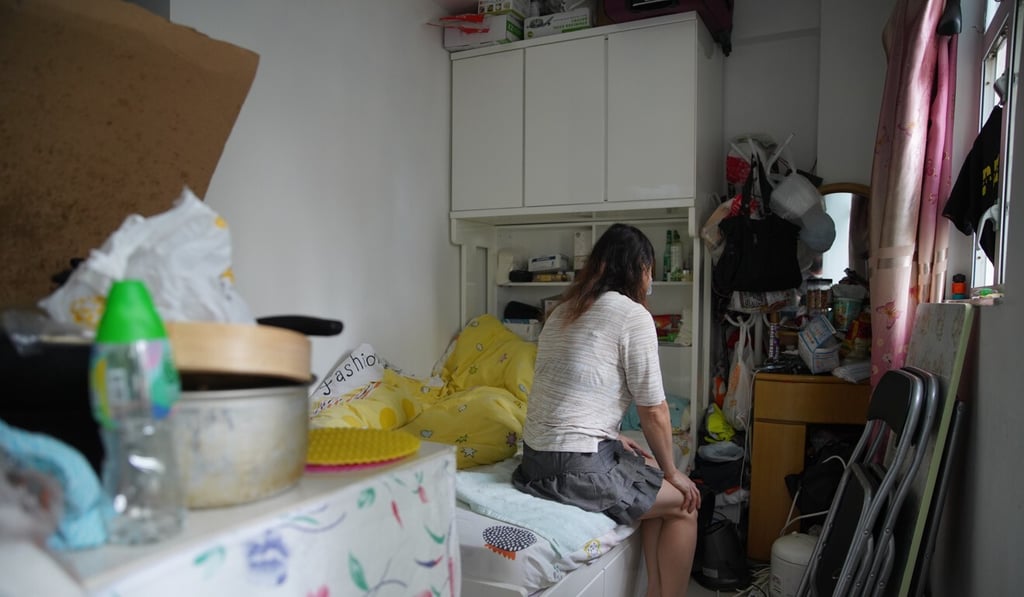Editorial | Rent controls a small price to pay for protecting Hong Kong’s poorest
- Proposals aimed to safeguard the most vulnerable of tenants – those in subdivided flats – would require strict enforcement in a city where the real answer lies in the provision of more homes

The need for rent controls to protect the poorest of poor tenants reflects failed housing and land-supply policies. It is only right that the government should step in to protect some of the most vulnerable – the tenants of the city’s subdivided flats.
A government-appointed task force has recommended rent controls linked to an index based on the general market, with increases capped at 15 per cent. The aim is to prevent exorbitant rent rises and keep prices in line with the general trend in the residential market.
Tenant activists believe 15 per cent is too high and rises should be fixed by a formula linked to the consumer price index. Agents and landlords are concerned about the violation of free-market principles and property rights. In the context of inflated rents and low earnings, 15 per cent does seem too high – except to landlords who face cost pressures from management and maintenance fees.
That said, it is good the task force recommends doing something by indexing rises. But a problem remains concerning enforcement.

A case in point can be utility bills, which unscrupulous landlords are known to inflate to recover discounts and other costs. In the absence of individual power or water meters, the task force recommends that landlords would have to provide a copy of a utility bill and a breakdown of the division of costs between tenants of the flat.
